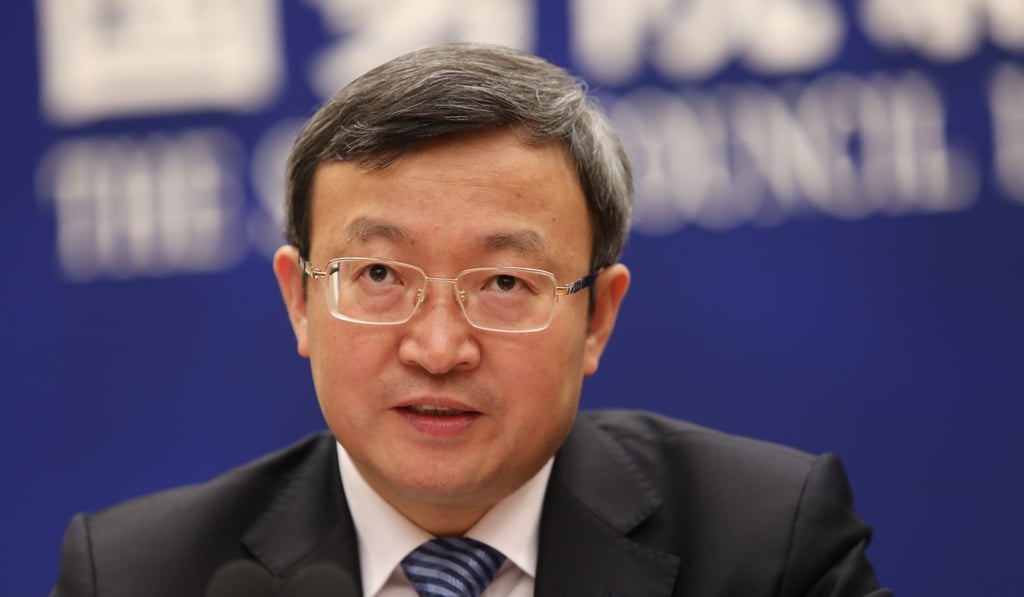China-US trade war: business leaders, officials scrabble to ease rising tensions
China’s vice-minister for commerce meets representatives of American Chamber of Commerce

Chinese and US officials are making every effort to prevent a raft of threatened trade tariffs becoming a reality next month, but concerns are rising they may fail, sources said.
In Beijing, vice-minister for commerce Wang Shouwen, a key negotiator in the talks, held a two-hour meeting on Wednesday with the American Chamber of Commerce in China, according to two people with knowledge of the matter.
It was the first time in several months that such a senior official had met representatives of the influential lobby group, one of the sources said.
Although he could not provide exact details of the talks, the source said Wang made clear that China was prepared to continue to negotiate as long as the US stopped using the threat of tariffs as a way to pressure on Beijing.

Despite the two countries agreeing in May to put the tit-for-tat posturing on hold, tensions were reignited last week when Washington announced plans to levy 25 per cent tariffs on US$34 billion worth of Chinese products from July 6. Beijing fired back with the threat of tariffs on an equivalent amount of American goods.
The back and forth continued on Monday, with US President Donald Trump threatening to impose additional tariffs on up to US$450 billion of Chinese products, and Beijing vowing to apply “qualitative and quantitative” countermeasures.